Nearly daily, either my twin or myself are questioned about our ethnic background. As a child, this bothered me but, as an adult I’m more confused as to why people are so curious. Perhaps because our Little Pawners have Snow White skin and blonde hair with Swedish features?
My twin and I are Irish Indian and often mistaken for Hispanic. Occasionally, folks ask why Cindys granddaughters don’t have any feature similar to ours. We’ve never understood the “race” or “religion” label often stamped on people. You see, we don’t care what color you are, we don’t care what religion you are and we don’t care what lifestyle you live. We love everybody and rejoice in the differences of those around us.
This morning I overheard the news regarding a white woman who had pretended to be black and the correspondent compared this to Bruce Jenner’s Transgender Journey. Frankly, pretending to be from a different ethnic background in order to benefit from it has nothing to do with gender identity as far as I’m concerned. A Texas politician professed to be black with his ads and failed to post any photos of himself during his campaign. Why are people pretending to be something they aren’t? In order to benefit themselves in some way obviously. When our children raise questions regarding issues of news that are confusing- we carefully explain that people (all people) are God’s children but “pretending” to be of a different race simply to benefit financially or career wise is lying. It’s lying about your background and your heritage.
While Cindy and I have always “looked different” from our own family members with red hair, darker skin and hazel eyes, it should be noted that our grandfather was a full blood Indian who hailed from Oklahoma and married our grandmother who was very fair skinned with red hair and Scottish/Irish decent. My twin and I were “in the line of twins” due to my grandfather and his twin and, our appearance is actually an “American Blend.”
Why is skin color and heritage so important to others who cannot quickly identify your ethic background? We aren’t sure. But, we have traced the heritage of our grandfather back to Oklahoma. We are all aware that the Cherokee Tribe ended up in Oklahoma via the infamous “Trail of Tears.”
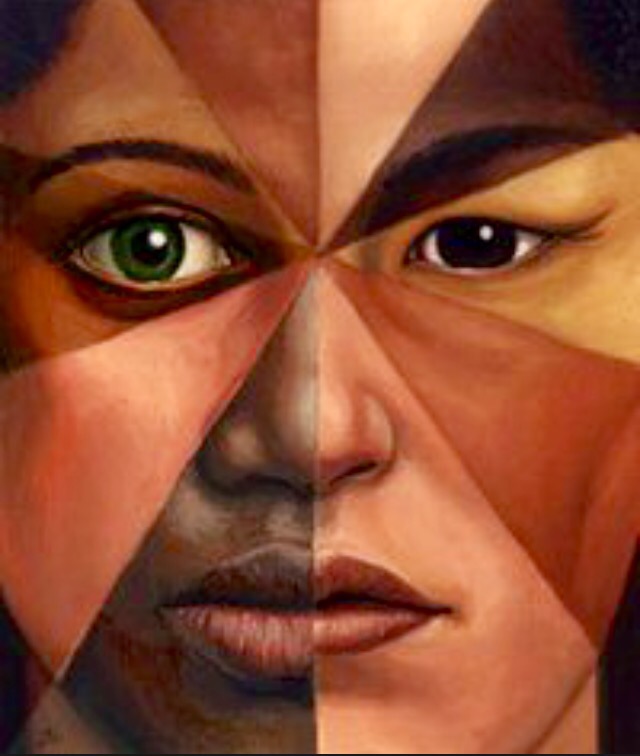 During the early days of economy and growth on the East Coast, the Irish immigrants were frowned upon and ostracized by other European Immigrants as “white trash.” When the Oklahoma Territory was opened up to Homesteading, many of the Irish who were suffering from prejudice on the East Coast left to claim their small part of Gods country. Of course, history tells us that upon their arrival, the Irish were still not accepted by the English or Italian but, the Cherokee (who suffered prejudice as well) befriended the Irish. Decades and generations later, Cherokee and Irish Indian blended families were born where the “blend” began in Oklahoma.
During the early days of economy and growth on the East Coast, the Irish immigrants were frowned upon and ostracized by other European Immigrants as “white trash.” When the Oklahoma Territory was opened up to Homesteading, many of the Irish who were suffering from prejudice on the East Coast left to claim their small part of Gods country. Of course, history tells us that upon their arrival, the Irish were still not accepted by the English or Italian but, the Cherokee (who suffered prejudice as well) befriended the Irish. Decades and generations later, Cherokee and Irish Indian blended families were born where the “blend” began in Oklahoma.
Our fair skinned Mini Me’s pay very little attention to either color or background because we’ve raised them to accept and rejoice in the differences of other races and backgrounds. These tiny Texas Twins love everyone because we have taught them to. Children learn what they live and children are not born to be either biased or prejudiced to others. Based on our own childhood with a grandfather so dark skinned that many children told us our family was black- it was something that we never understood to be “singled out” simply because we were twins (rare in the 60’s) and, members of our family were all “different colors.”
Here’s what I do know- my twin and I have always desired the “aristocratic” nose of my brother and my half sister and our father. The Polynesian nose we bear looks neither like my grandmother, my grandfather nor any of our relatives. The Indian sharp featured and well defined nose escaped us and is perhaps why we are often “mistaken” for Hispanic or Latino women.
Our grandmother could not be in the sun for any length of time without suffering a serious sunburn. If my twin and I spend any amount of time in the sun, our skin becomes a dark brown and, very quickly. Multiracial Americans are Americans who have a mixed ancestry of “two or more races.” The term may also include Americans of mixed race ancestry who self identify with just one group culturally or socially (one drop rule). In the 2010 U.S. census, approximately 9 million individuals self identified as multiracial. During the 1980’s, a growing multiracial movement (Loving Day) is an annual celebration held on June 12 the anniversary of the 1967 U.S. Supreme Court decision Loving v. Virginia which struck down all anti-miscegenation laws remaining in sixteen US States citing “There can be no doubt that restricting freedom to marry solely because of racial classifications violates the meaning of the equal protection clause.” Laws banning interracial marriages between whites and non whites had now received “acceptance.” Loving Day is not yet officially recognized as a holiday in the United States, but there is a movement to pursuance President Barack Obama to recognize this important date.
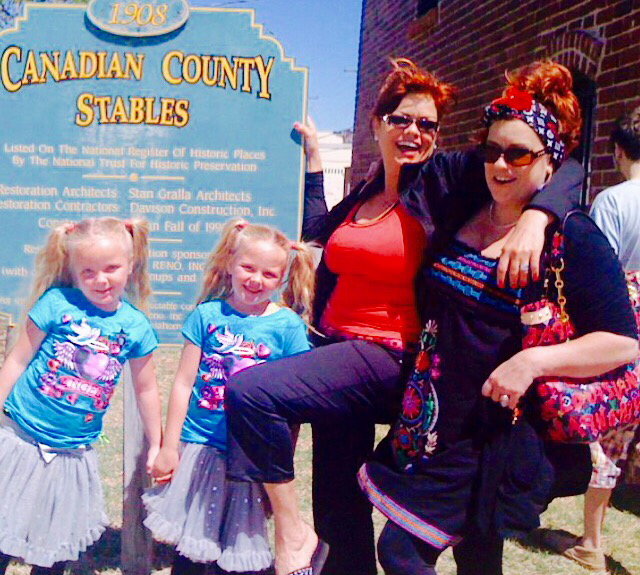 The Chronicles of Oklahoma Volume 6, No. 3 September, 1928 Intermarried-Whites in the Cherokee Nation by A. H. Murchison, Muscogee, Oklahoma is an interesting read for those wishing to trace their heritage. I took my twin and our Little Pawners to Oklahoma a few years ago to trace out own heritage.
The Chronicles of Oklahoma Volume 6, No. 3 September, 1928 Intermarried-Whites in the Cherokee Nation by A. H. Murchison, Muscogee, Oklahoma is an interesting read for those wishing to trace their heritage. I took my twin and our Little Pawners to Oklahoma a few years ago to trace out own heritage.
The Cherokee Indians in all their various treaties with the United States, numbering about twenty, obtained provisions whereby the United States was to exclude intruding white persons from their territory. However, as far back as 1819 in their written laws, Cherokees made provisions to authorize intermarriage. Several of the old Cherokee Laws and resolutions start with the words “Whereas, a law has been in existence for many years, but not committed to writing, that if ____ etc., ” This wording is not prefixed to any of the intermarriage laws and it is reasonable to deduct that prior to 1819 there had been no law on the matter. The first law passed at “New Town, Cherokee Nation, November 2, 1819” follows:
“Resolved by the National Committee and Council, That any white man who shall hereafter take a Cherokee woman to wife be required to marry her legally by a minister of the gospel or other authorized person, after procuring license from the National Clerk for that purpose, before he shall be entitled and admitted to the privilege of citizenship, and in order to avoid imposition on the part of any white man.”
By the 19th century, European settlers in the United States called the Cherokee one of the “Five Civilized Tribes” because they had adopted numerous cultural and technological practices of the European American settlers. The Cherokee were one of the first, if not the first, major non European ethic group to become United States citizens. The Cherokee Nation has more than 314,000 members, the largest of the 566 federally recognized Native American tribes in the United States. It was very unusual for a Cherokee man to marry a European-American woman- the children of the union would be disadvantaged, as they would not belong to the nation. Born outside the clans due to the matrilineal aspect of Cherokee culture therefore, in 1825, The Cherokee Council passed a law making children of such unions full citizens of the tribe, as if their mothers were Cherokee. In the late nineteenth century, the U.S. government put new restrictions on marriage between a Cherokee and non Cherokee. The Dawes Rolls listed Intermarried Whites in a separate category in the early assimilation of the twentieth century federal policy for assimilation of the Native Americans.
My grandfather and his twin brother left the tribe to join and serve in the military and both married non Cherokee wives. Indian Census Rolls, 1885-1940 (M595, 692 rolls) contains census rolls that were usually submitted each year by agents or superintendents in charge of Indian Reservations, to the Commisioner of Indian Affairs, as required by the act of July 4, 1884 (23 Stat. 98). The data on the rolls vary, but usually given are the English and/or Indian name of the person, roll number, age, sex and relationship to the head of the family.
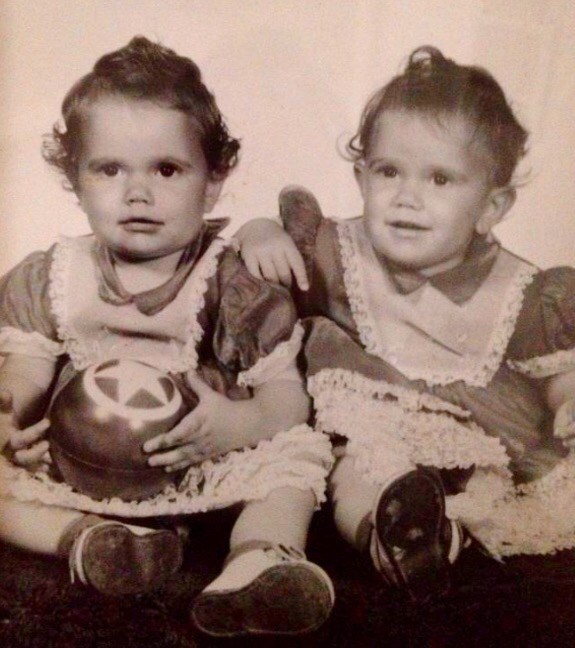 As children in Lompoc, California, my twin sister and I were recognized as Indian while my brother was not when my grandfather went to pick up eggs, cheese and milk at the Indian Mission. We were far from wealthy as children and most of our clothing was handmade by our grandmother.
As children in Lompoc, California, my twin sister and I were recognized as Indian while my brother was not when my grandfather went to pick up eggs, cheese and milk at the Indian Mission. We were far from wealthy as children and most of our clothing was handmade by our grandmother.
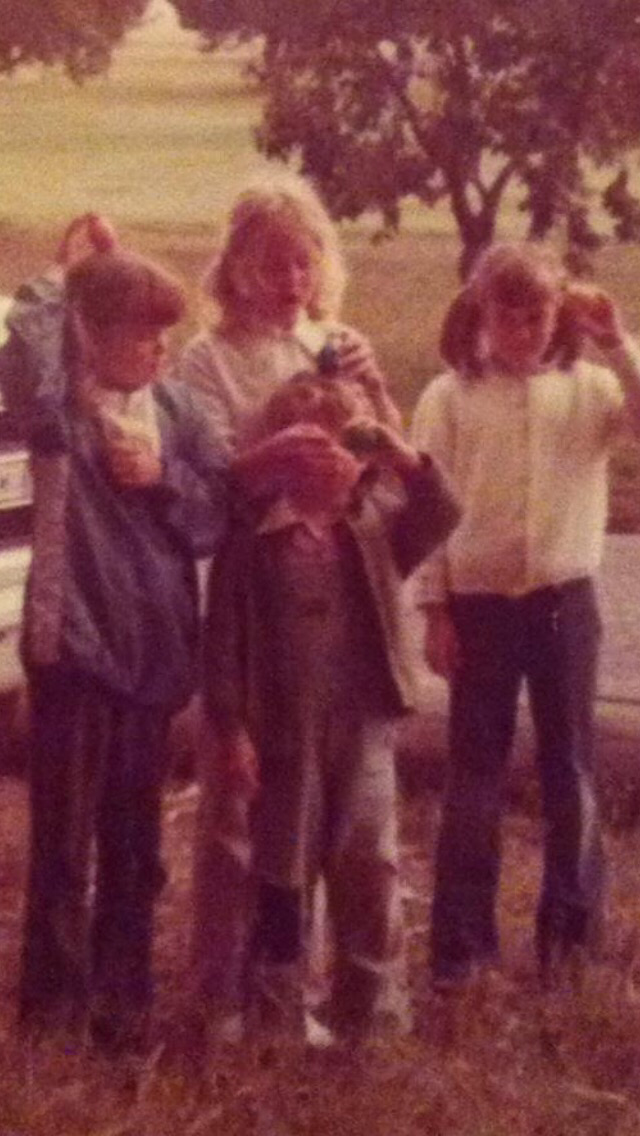 I’ve spent a lifetime trying to understand why either being poor or, a different color would make you the subject of speculation- why and how opinions and ideas of others has affected me is the foundation of who I am and from where I’ve come. I feel certain that my own grandmother struggled with “opinions” of her very dark skinned husband. Recently, I officiated an interracial marriage for a wonderful couple here in Fort Worth. I’ve also officiated numerous LBGT unions and, while a few “Christians” have opinions regarding clients who aren’t “white or hetrosexual” it should be noted that I’m licensed to conduct ceremonies on numerous states and, I’ve studied the multiracial effects of marriages based not on skin color but more importantly, on love.
I’ve spent a lifetime trying to understand why either being poor or, a different color would make you the subject of speculation- why and how opinions and ideas of others has affected me is the foundation of who I am and from where I’ve come. I feel certain that my own grandmother struggled with “opinions” of her very dark skinned husband. Recently, I officiated an interracial marriage for a wonderful couple here in Fort Worth. I’ve also officiated numerous LBGT unions and, while a few “Christians” have opinions regarding clients who aren’t “white or hetrosexual” it should be noted that I’m licensed to conduct ceremonies on numerous states and, I’ve studied the multiracial effects of marriages based not on skin color but more importantly, on love.
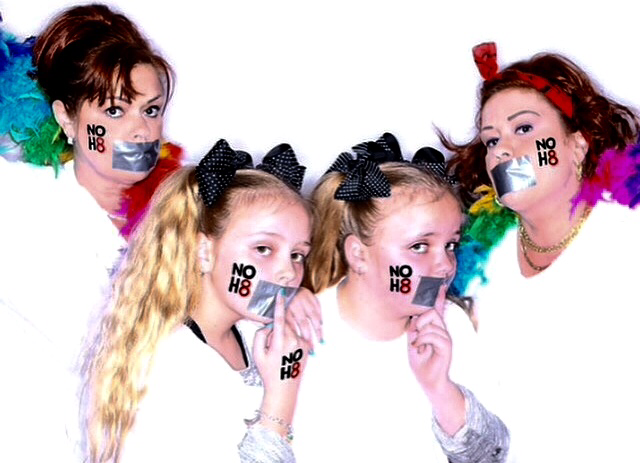 You see, I don’t care who you are or where you’re from. My opinions are based on what you contribute to your community, your family and the world. Love is love and ethnic or religious backgrounds that are diverse are what have made America unique with culture, art and people.
You see, I don’t care who you are or where you’re from. My opinions are based on what you contribute to your community, your family and the world. Love is love and ethnic or religious backgrounds that are diverse are what have made America unique with culture, art and people.
Wendy M Wortham
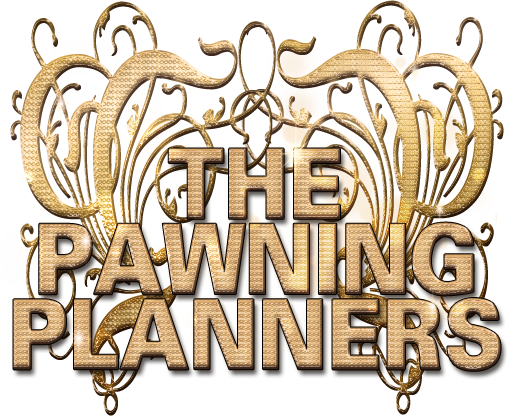
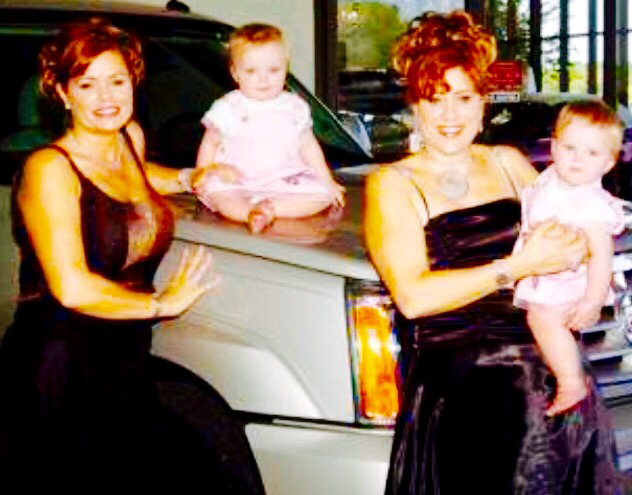
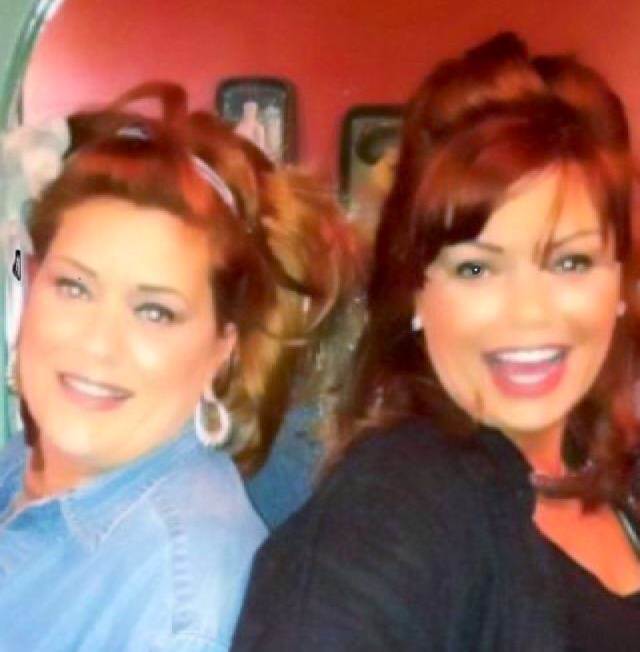
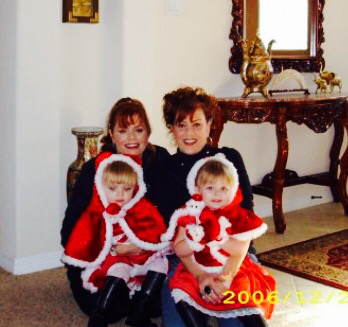
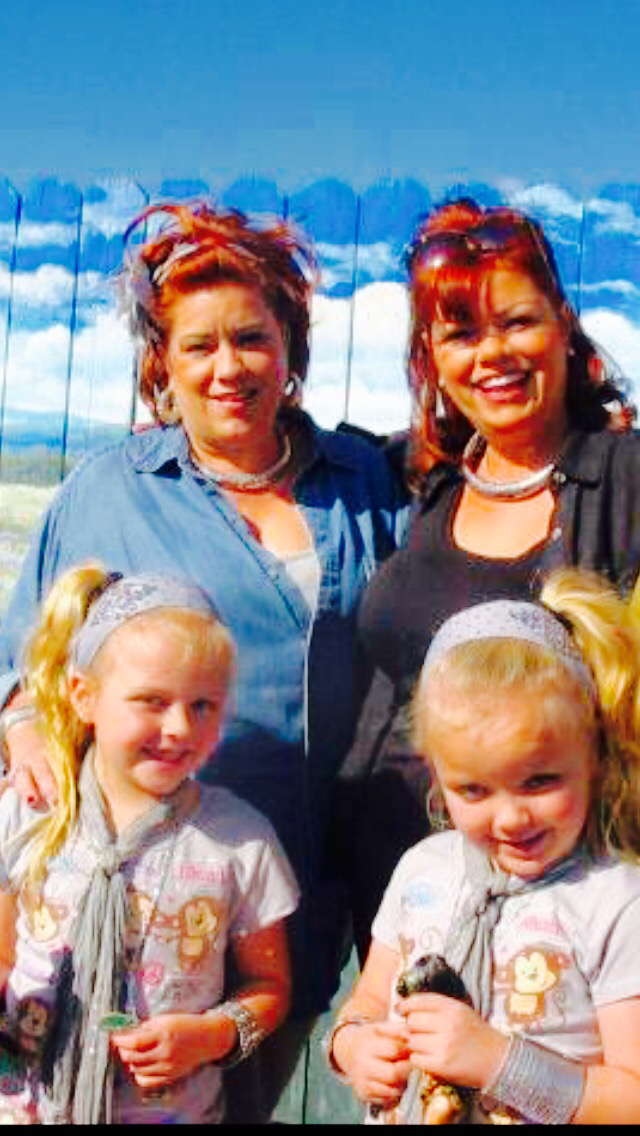
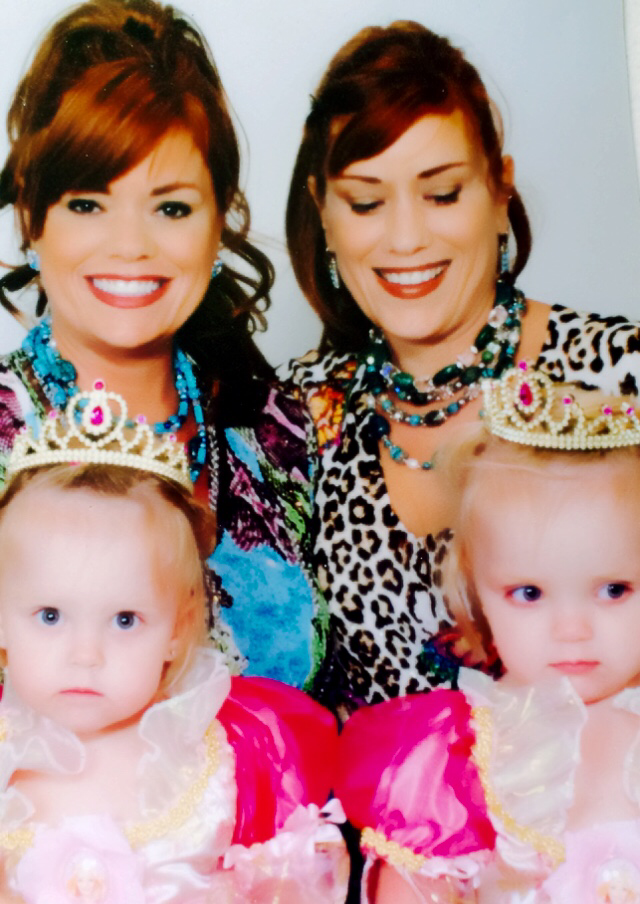
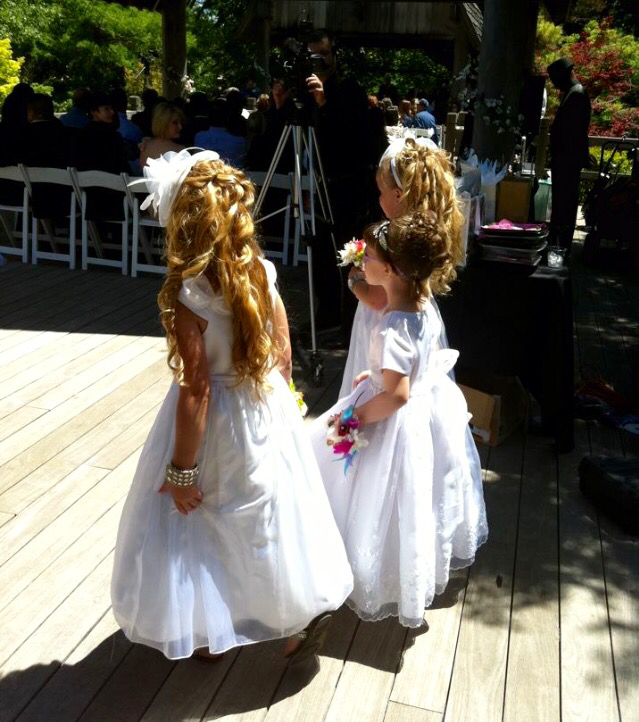
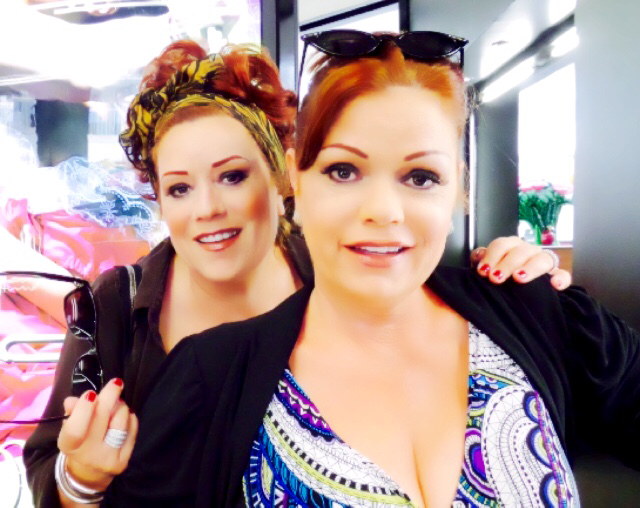
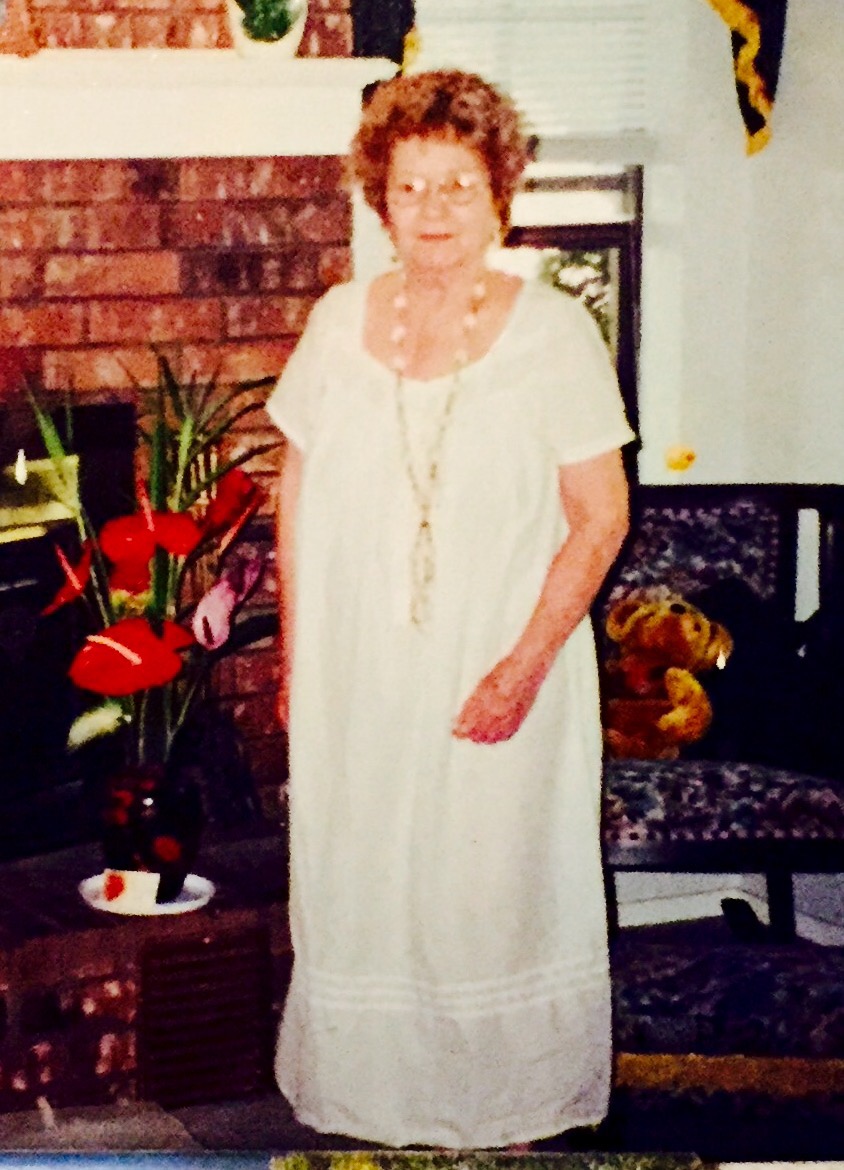
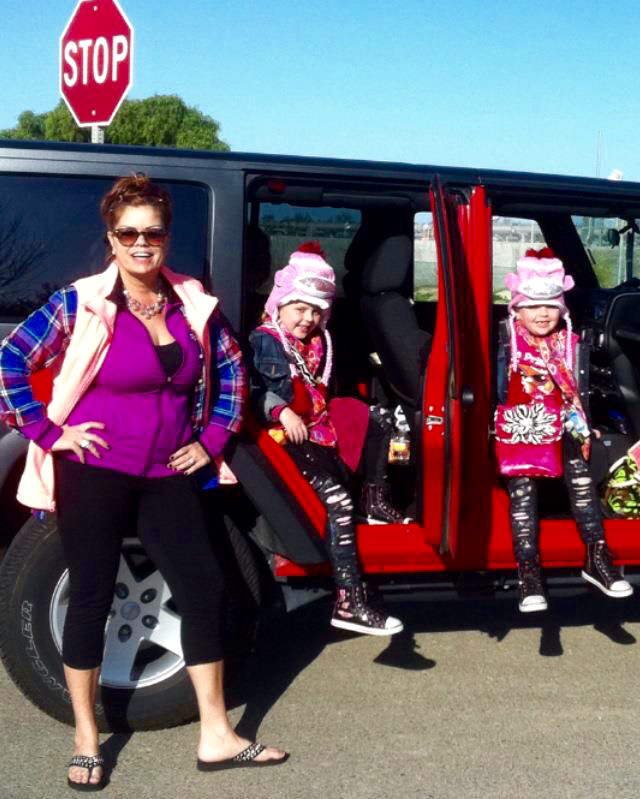

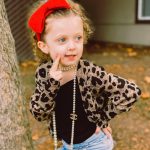
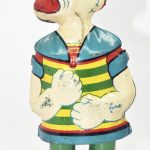




Comments by Wendy Wortham